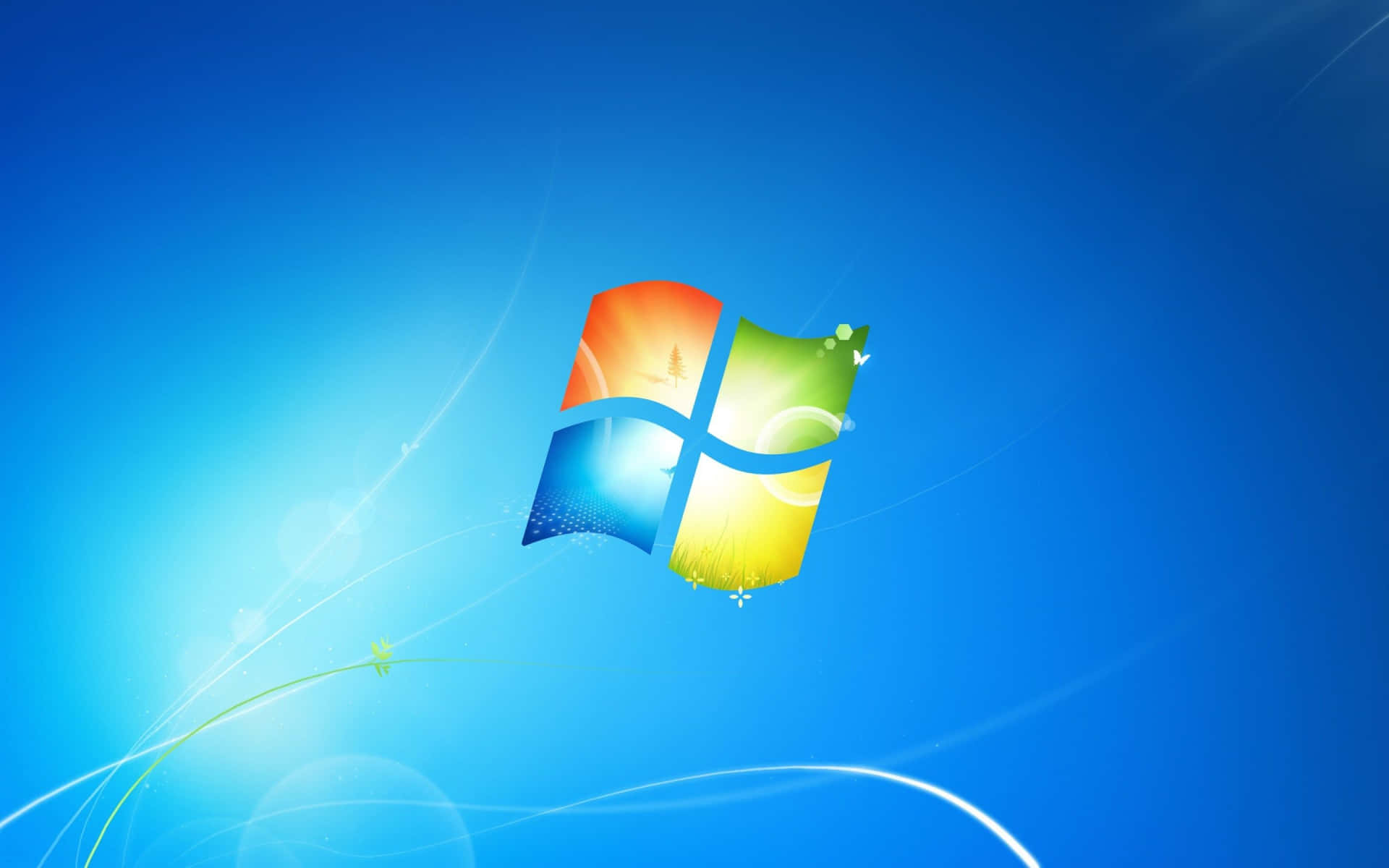How to Check Windows Version and Key Information

Understanding your Windows system's details is essential for troubleshooting, upgrades, and maintaining security. In this guide, we will explore several key methods to check your Windows version, product key, uptime, password, and logs. Let's dive into these useful techniques!
How to Check Windows Version in CMD
One of the easiest ways to check your Windows version is through the Command Prompt. Here's how you can do it:
- Press Windows + R to open the Run dialog.
- Type cmd and hit Enter to open the Command Prompt.
- In the Command Prompt window, type the following command and press Enter:
winverThis will display a window showing your Windows version and build number. Alternatively, you can use the following command:
systeminfoThis command provides more detailed information about your system, including the OS version.
How to Check Windows Version from Command Prompt
If you prefer to use PowerShell, you can easily check your Windows version there too. Simply:
- Press Windows + X and select PowerShell.
- Type:
[System.Environment]
::OSVersion.Version
This command returns the version number of your Windows operating system.
How to Check Windows Product Key
To find your Windows product key, you can use a simple command in the Command Prompt. Follow these steps:
- Open Command Prompt as an administrator by searching for “cmd” in the Start menu, right-clicking, and selecting “Run as administrator.”
- Enter the following command:
wmic path softwarelicensingservice get OA3xOriginalProductKey
This command retrieves your Windows product key if it's embedded in your system.
How to Check Windows License Key
Checking your Windows license key is similar to finding your product key. If you want more details about your license status, you can use:
slmgr /xprThis command will tell you if your Windows is activated and whether it has an expiration date.
How to Check Windows Uptime
Monitoring how long your system has been running without a restart can help with performance assessments. To check Windows uptime:
- Open Command Prompt or PowerShell.
- Type the following command:
net stats workstationLook for the line that says “Statistics since” to see your system’s uptime.
How to Check Windows Password
While you cannot directly view your Windows password, you can reset it if needed. Here’s how:
- Press Ctrl + Alt + Delete on the login screen and select “Change a password.”
- Follow the prompts to reset your password.
If you've forgotten your password, you might need to use a password reset disk or another account with administrative privileges.
How to Check Windows Logs
Windows logs are invaluable for troubleshooting issues. You can access these logs using the Event Viewer:
- Press Windows + R, type eventvwr, and hit Enter.
- In the Event Viewer, navigate to Windows Logs on the left sidebar.
You'll find categories like Application, Security, System, and Setup, where you can review detailed logs about your system's activities.
Conclusion
Knowing how to check your Windows version, product key, uptime, password, and logs is essential for effective system management. These commands and tools can help you troubleshoot issues, ensure your system is up to date, and maintain overall performance. With this information at your fingertips, you can confidently navigate your Windows environment. Happy computing!